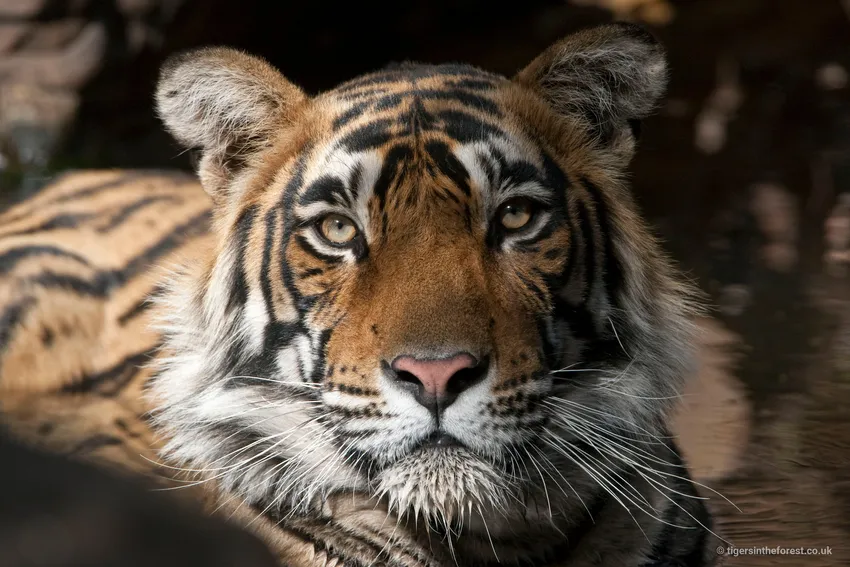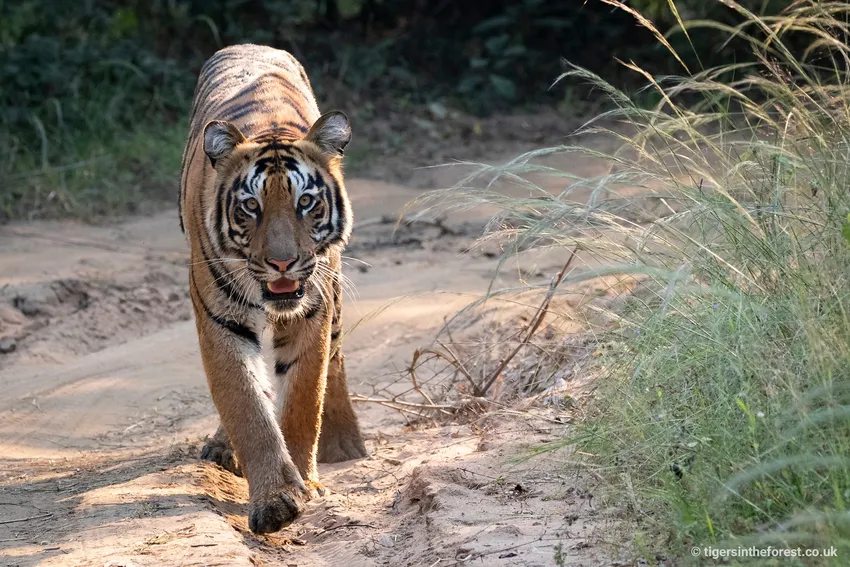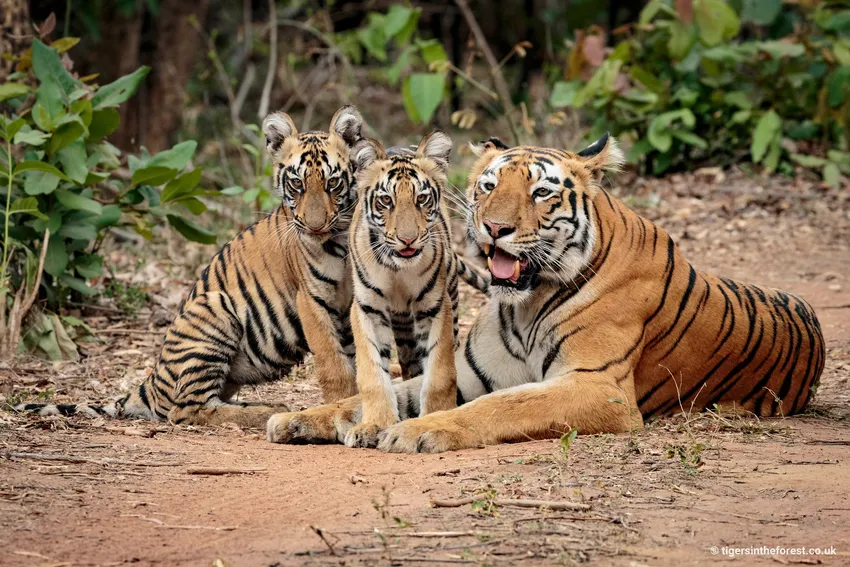India is home to 75% of the world’s wild tigers. To survive they need connected forests. Central India has one of the largest areas of remaining viable habitat. A network of local partners is protecting tigers & their forests & working with local communities to reduce conflict & potential threats.
Categories
Beneficiaries
The future of tigers is at risk with as few as 4,000 remaining in the wild. There is little connectivity between protected areas and human encroachment into unprotected tiger habitat means forests are being lost, often converted to farmland. Living ever closer to people, tigers may attack livestock and retaliatory killings can occur. Tigers are killed for their fur and for their bones. The illegal market in body parts gives a dead tiger high value, meaning an ever-present threat from poachers.
This programme offers tigers in India perhaps their best hope. Since we began working there in 2004, numbers have more than doubled to 3,167, but continued competition for land use means tigers remain under great pressure. Our solution starts with local people and communities and involves 9 local partners working together across this vast landscape. Our Tiger Ambassadors provide education and training in conservation, as well as promoting coexistence, rural health and sustainable livelihoods.



